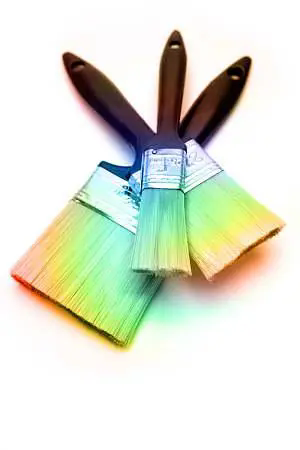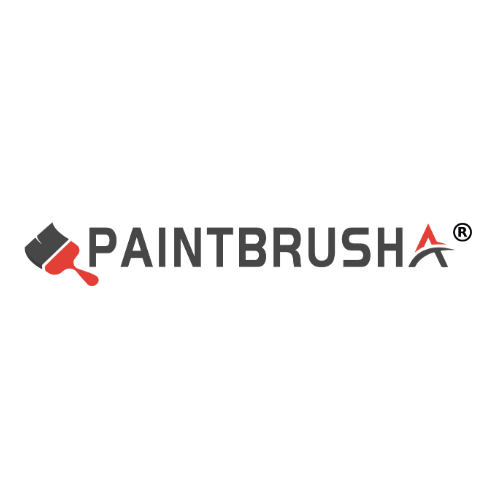
The shape of the brush head has its specific attention and use in all kinds of painting brushes and paint brushes. The following is a detailed summary of the different brush head shapes and their applications:
First, traditional painting brush and makeup brush
1. Flat head brush
Liquid foundation brush: The flat head brush has distinct bristles, which is suitable for pairing with thinner liquid foundation to create a light, natural makeup effect.
Color brush: Usually use tongue shape flat head medium eyeshadow brush, faint effect naturally.
2. Round tip brush
Foundation brush: The bristles of the round head brush are relatively short and closely arranged, which is suitable for matching the texture of the thicker foundation or foundation cream to create the makeup of the fog.
Smudging brush: Fluffy flame brush head, brush bristles arranged loosely, it is recommended to blur eyeshadow in a circular way to increase the charm of the eyes.
3. Flat brush
Foundation brush: The bristles of the flat-head brush are relatively dense, easy to block pores, suitable for matching the texture of the thick liquid foundation, to point and poke on the makeup, to create a soft makeup effect.
4. Tongue brush
Concealer brush: The tongue brush has short hair and hard hair, which is suitable for covering large areas, such as dark circles under the eyes, nose and corners of the mouth.
5. Pointy brush
Concealer brush: The pointed brush is flat and thin, and the brush head is very slim, suitable for covering acne on the face.
Detail brush: The bristles of the pointed brush are arranged closely, which is convenient to control the strength, and can be painted in the triangle area of the eye end to increase the depth of the eyes.
Lip brush: The tip of the pointed brush is very thin, which helps to outline the delicate lip shape.
6. Round brush
Loose brush/blush brush: The brush head of the round brush is more round, more hair and fluffy, easy to dip in a lot of powder, it is recommended to press the way to make up, appear clear skin. Also suitable for blending the edges of the color block.
7. Cone brush
Blush brush: The cone brush has long hair and loosely arranged, weak grasping ability, suitable for brushing blush, in a circular way from the apple muscle.
8. Angle brush
Contouring brush: The bevel brush is large, the bristles are arranged closely, the bevel design fits the facial line, can be used to modify the cheeks, cheekbones and forehead, from the area close to the hair to the face, there is a contouring effect.
9. Horseshoe brush
Contouring brush: The body of the horseshoe brush is thinner than the diagonal brush, the bristles are shorter, suitable for local contouring, and can be used as a nose shadow brush to brush out a three-dimensional nose shape.
10. Fan brush
Highlighter brush: Fan-shaped brush is relatively thin from the side, and the contact area with the face is narrow, suitable for playing on the cheekbones and brow bones, highlighting the three-dimensional sense of the five features.
11. Fire brush
Highlighter brush: The flame brush has a sharp brush head, distinct bristles, uniform powder, natural face, loose hair shape, suitable for sweeping a large area in the face of the highlighter area.
Second, paint brushes
1. Flat type: suitable for large area flat surface, such as walls, ceilings, etc.
2. Bevel type: suitable for brush corner line, small space, etc., can easily reach the corner area.
3. Rounded corner type: suitable for brush arc, curve, etc., can follow the shape of the curve for painting.
To sum up, painting brushes and paint brushes with different brush head shapes have their own unique uses and advantages. When choosing, comprehensive consideration should be made according to specific needs, use scenarios and personal preferences to ensure the best painting effect.
